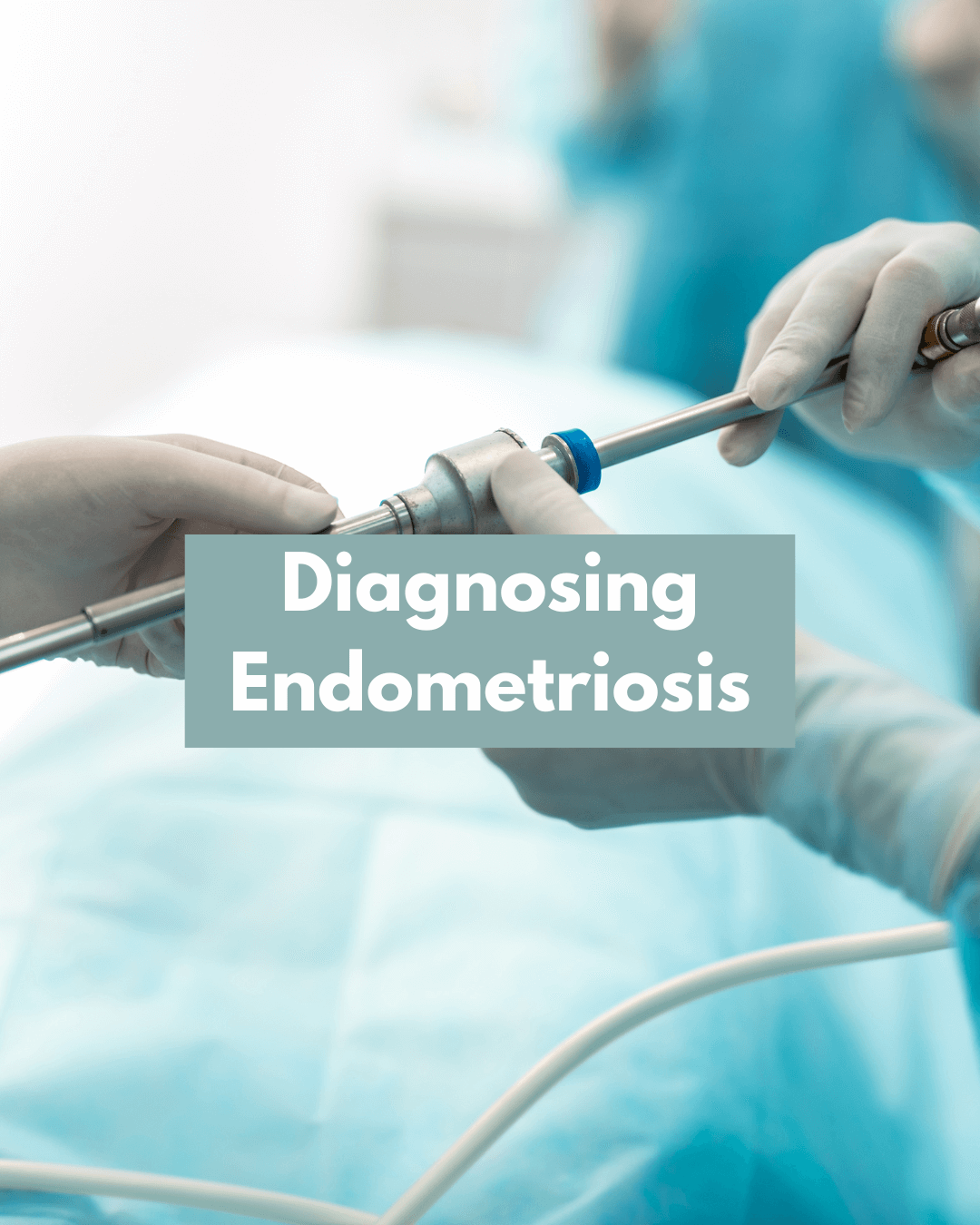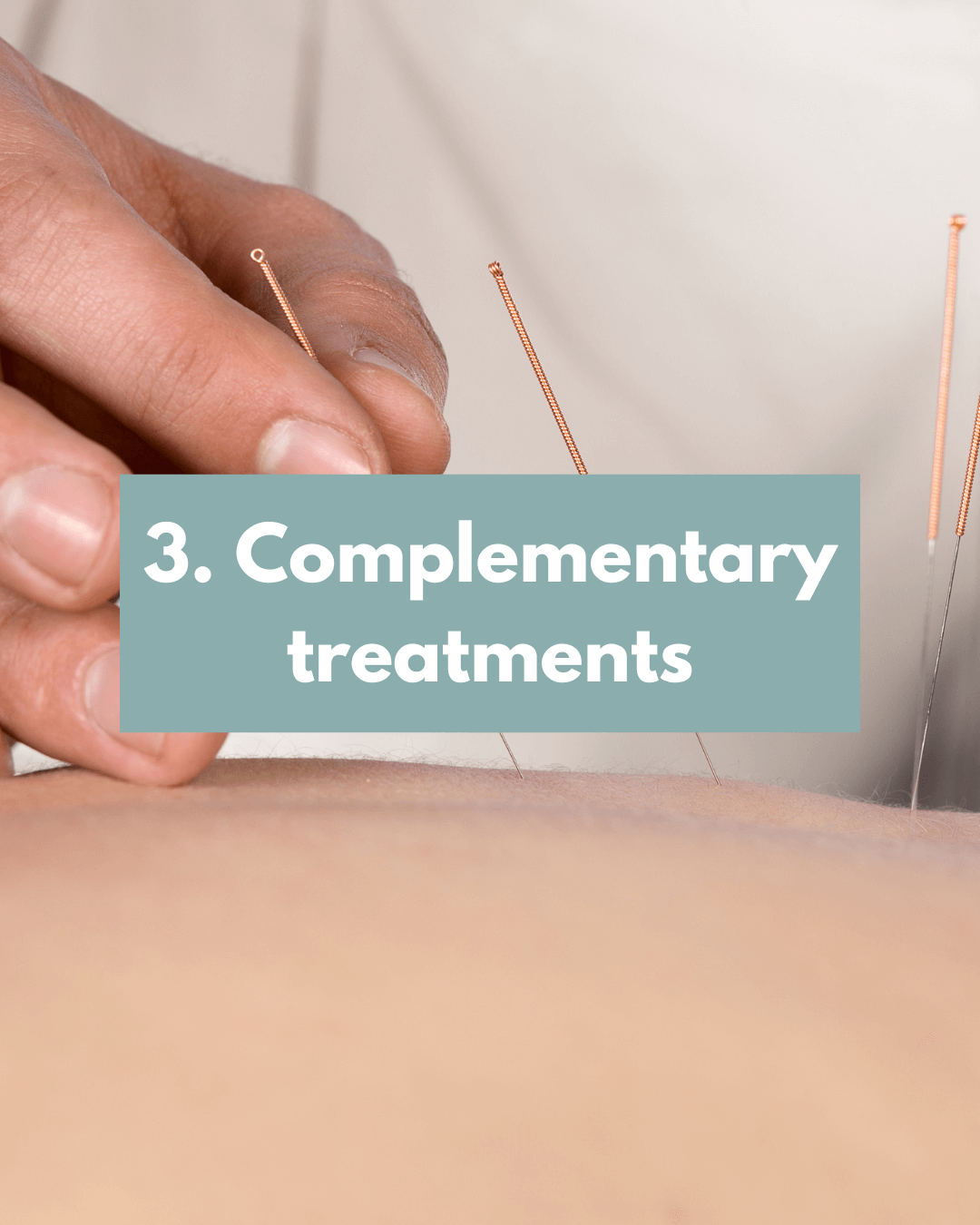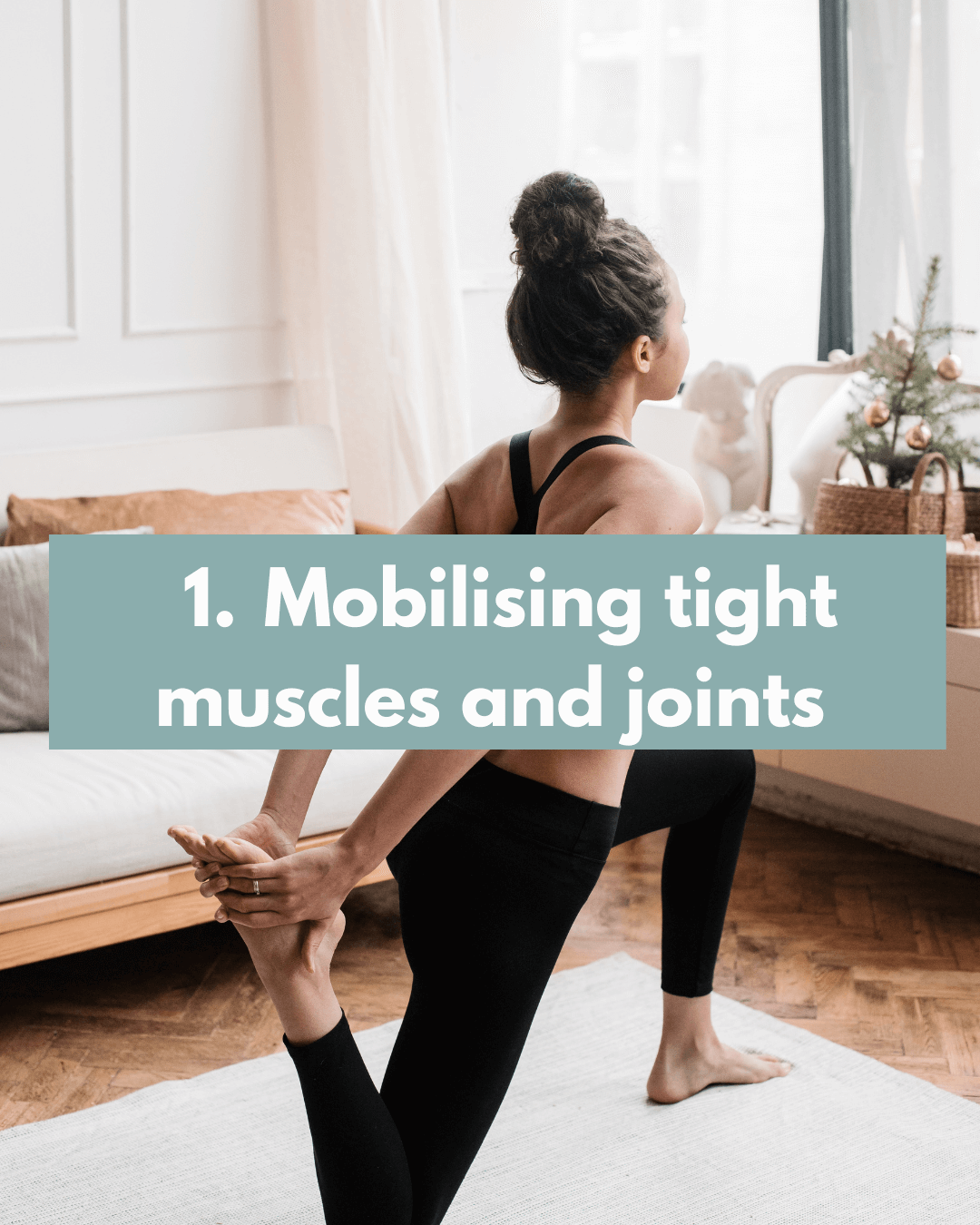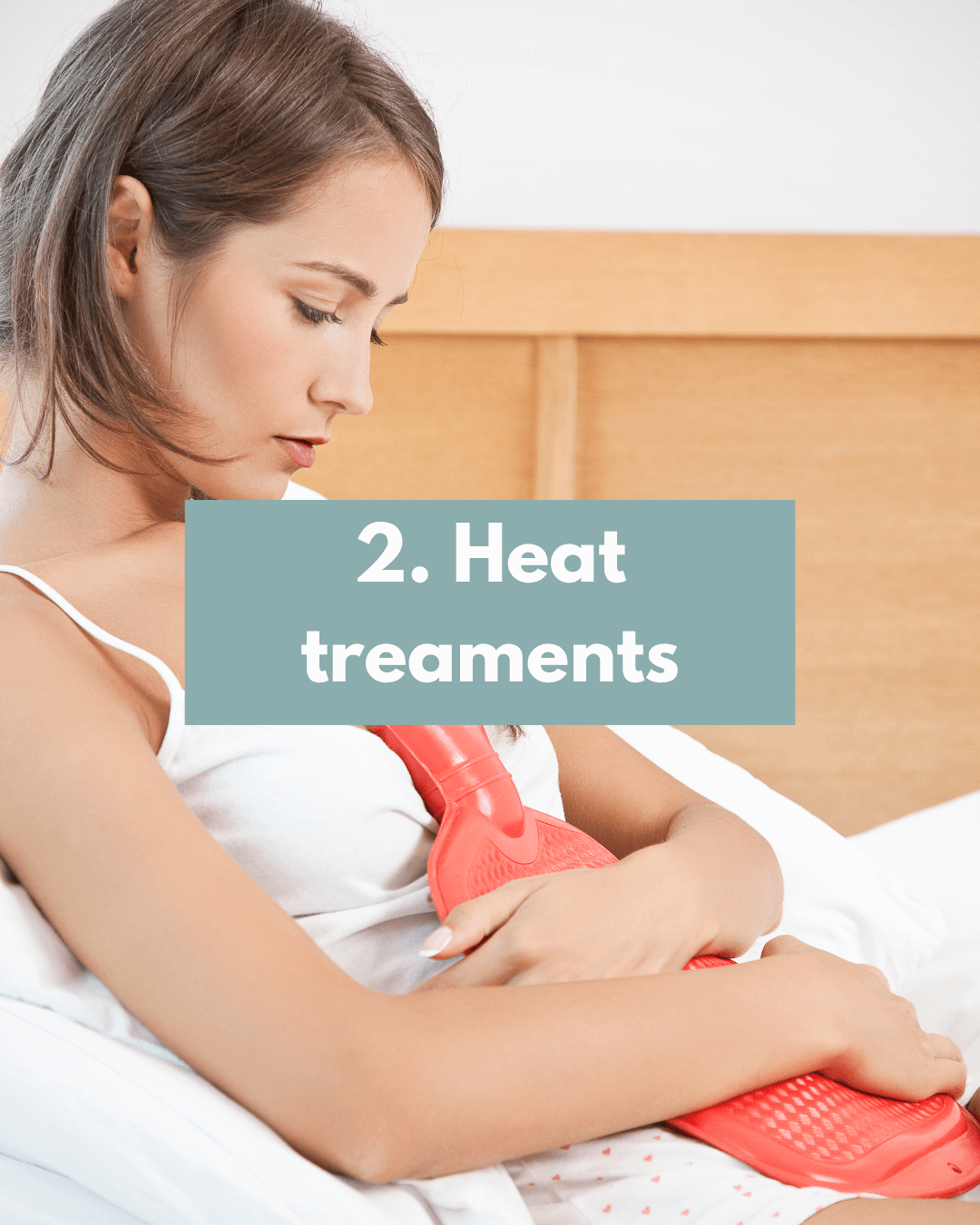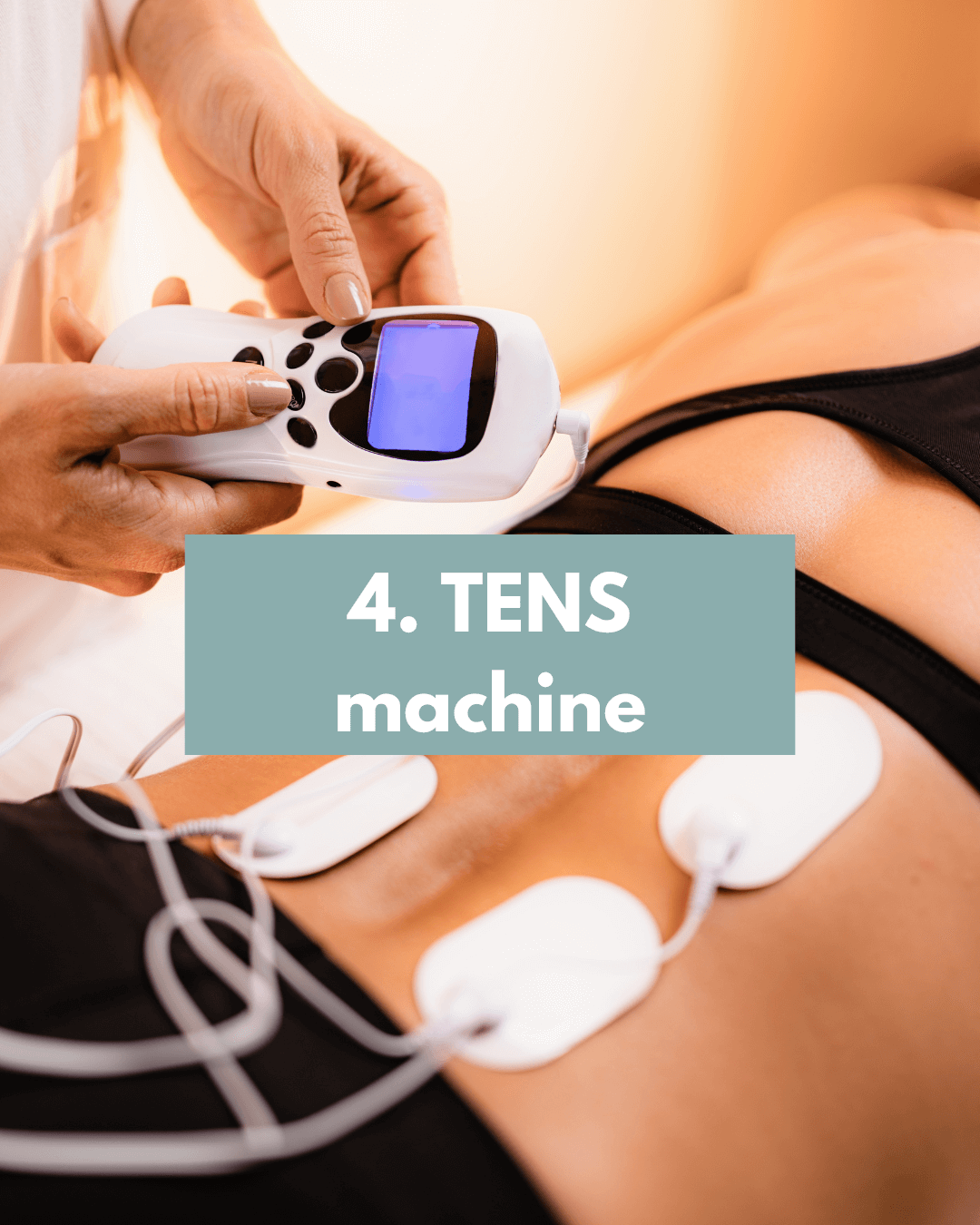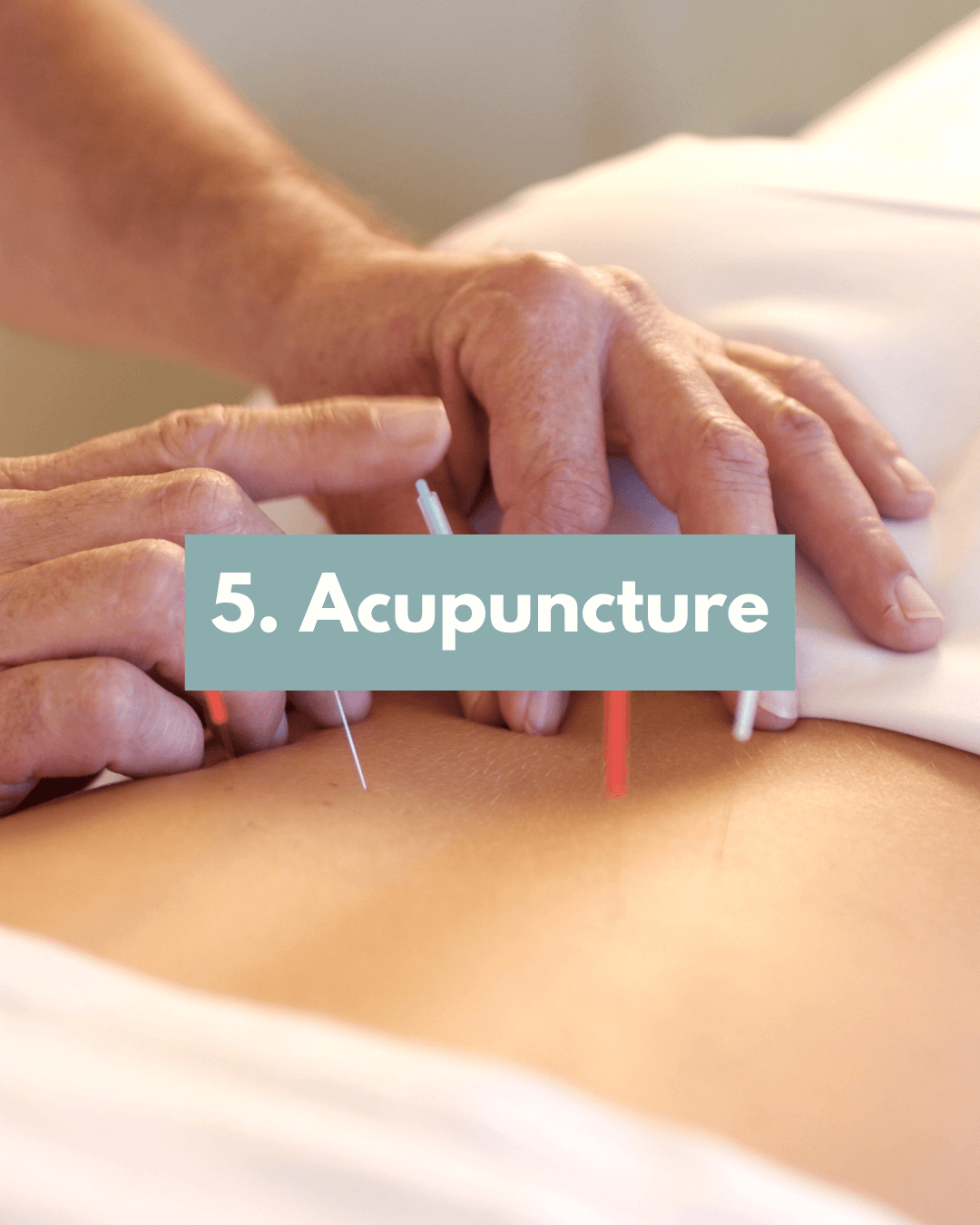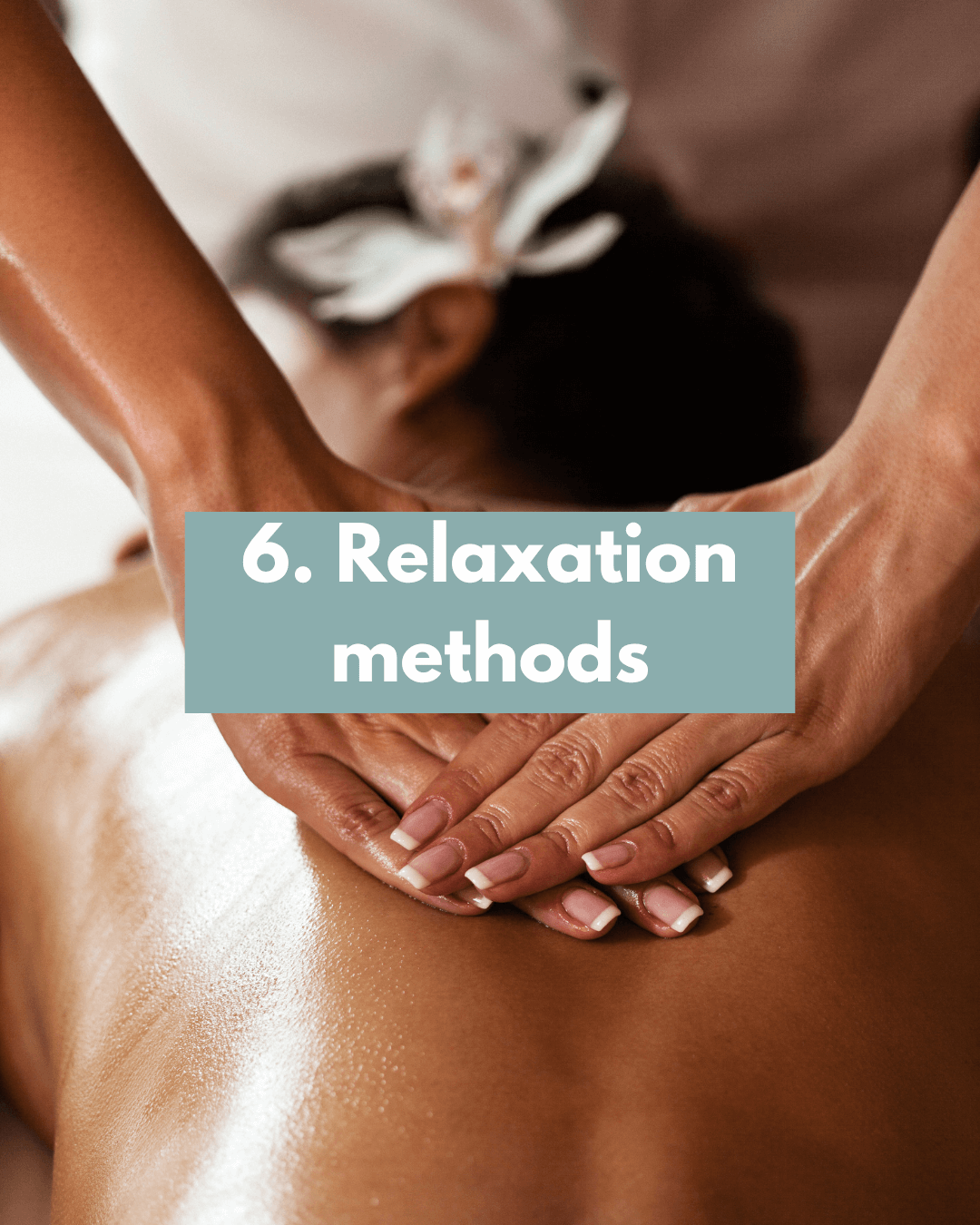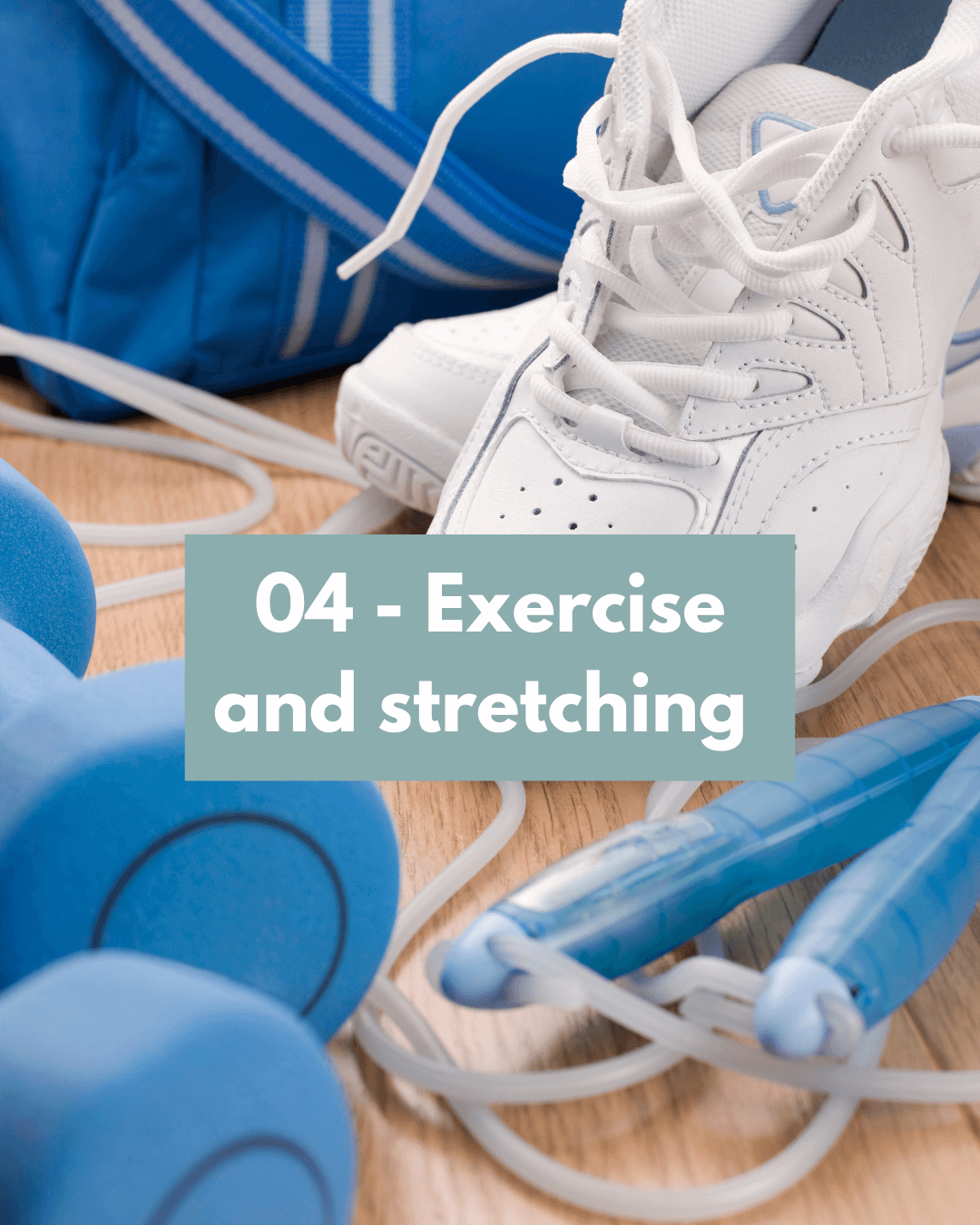Endometriosis Awareness Month 1-31 March
Can I get really personal? I know that I am not alone here.
As a young girl I remember having very heavy periods each month and they become more severe as I became older. Not an ideal situation for a young ballet dancer.
In those days there was no mention of the word Endometriosis, it’s only in recent years that I’ve heard about this and learned more that I realised what I had gone through what I thought was normal, actually wasn’t.
What is endometriosis?
“Endometriosis is a common inflammatory condition in which cells SIMILAR to the endometrium (lining of the uterus) grow in other locations in the body.
Endometriosis is commonly found in and around the pelvis and reproductive organs. Still, it can also be seen in other parts of the body, including the bowel, bladder, and as far away as the lungs and the brain.”
Endometriosis facts
‘There were 40,500 endometriosis-related hospitalisations in 2021–22. This represents 312 hospitalisations per 100,000 females. Around half (52%) of endometriosis-related hospitalisations in 2021–22 had endometriosis as the principal diagnosis.’ According to the AIHW National Hospital Morbidity Database (NHMD),
‘Nearly 1 million Australians live with endometriosis at some point in their life, with the disease often starting in teenagers.
In an Australian government report, endometriosis is reported to cost Australian society $9.7 billion annually with two-thirds of these costs attributed to a loss in productivity with the remainder, approximately $2.5 billion being direct healthcare costs.
According to Endometriosis Australia, 1 in 9 women “suffer from endometriosis at some point in their life.”
There’s also a six-and-a-half year gap between getting symptoms and being diagnosed.
Recent statistics (AIHW 2023) found that 1 in 7 (14%) of women, girls and those assigned female at birth (AFAB) will be diagnosed with endometriosis by the age of 44 to 49.
There is no cure.
Endometriosis can not be prevented.
Period pain is not normal.
Hysterectomy does not cure Endometriosis.
Endometriosis can only be correctly diagnosed via surgical intervention.
You cannot ‘catch’ endometriosis, it’s not a STI.
Pain levels are not related to the extent of the disease.’
What causes endometriosis?
The exact cause of endometriosis isn't clear. But some possible causes according to the Mayo Clinic include:
Retrograde menstruation.
Retrograde menstruation occurs when menstrual blood containing endometrial cells flows back into the pelvic cavity, potentially leading to the adherence, growth, and cyclic shedding of these cells on pelvic organs' surfaces.
Transformed peritoneal cells.
Experts propose that hormonal or immune influences may facilitate the conversion of peritoneal cells, which line the abdomen's inner surface, into cells resembling those found in the uterine lining.
Embryonic cell changes.
During puberty, hormones like estrogen have the potential to change embryonic cells, which are cells in the initial stages of development, into growths resembling endometrial cells.
Surgical scar complication.
Endometrial cells can adhere to scar tissue resulting from surgical incisions in the abdominal region, like those from a C-section.
Endometrial cell transport.
‘The blood vessels or tissue fluid system may move endometrial cells to other parts of the body.
Immune system condition.
A problem with the immune system may make the body unable to recognize and destroy endometriosis tissue.’ - Mayo Clinic
‘Genetics
Endometriosis seems to affect some families more often than others, so there may be a genetic link to the condition.’ - John Hopkins Medicine
Risk factors
‘Factors that raise the risk of endometriosis include:
Never giving birth.
Starting your period at an early age.
Going through menopause at an older age.
Short menstrual cycles — for instance, less than 27 days.
Heavy menstrual periods that last longer than seven days.
Having higher levels of estrogen in your body or a greater lifetime exposure to estrogen your body produces.
Low body mass index.
One or more relatives with endometriosis, such as a mother, aunt or sister.
Any health condition that prevents blood from flowing out of the body during menstrual periods also can be an endometriosis risk factor. So can conditions of the reproductive tract.
Endometriosis symptoms often happen years after menstruation starts. The symptoms may get better for a time with pregnancy. Pain may become milder over time with menopause, unless you take estrogen therapy.’ - Mayo Clinic
Endometriosis symptoms
‘The most common signs of endometriosis are pain and infertility. Endometriosis pain typically presents as:
Painful menstrual cramps that may go into the abdomen (stomach) or lower back
Other symptoms may include:
Diarrhea or constipation during a menstrual period
Fatigue or low energy
Heavy or irregular periods
Pain with urination or bowel movements during a menstrual period
Spotting or bleeding between menstrual periods
Each person’s experience with endometriosis is different.
Women with endometriosis may have some of these symptoms, all of these symptoms or none of them. Having severe pain or other symptoms is not necessarily a sign of more severe endometriosis’. - John Hopkins Medicine
Diagnosing Endometriosis
The only sure way to find out if someone has endometriosis is by having surgery called laparoscopy and getting a small piece of tissue taken out for testing.
During laparoscopy, a thin tube with a camera is put into the belly button to look inside the abdomen and check the organs. This procedure helps doctors see even small signs of the disease.
If they find tissue that might have endometriosis, they remove it and send it to a lab to confirm the diagnosis under a microscope.
Sometimes, doctors can guess that someone has endometriosis without doing surgery. They might feel abnormal tissues in the pelvis, see a cyst on the ovary or another organ caused by endometriosis, or in rare cases, see the endometriosis growing outside the uterus through the vagina.
Endometriosis is often classified as mild, moderate or severe or recorded in surgical notes as stage or grade I – IV. For more info about the various stages, click here.
Management and treatment
‘There are three kinds of treatments for endometriosis:
Medical treatments (medications)
Surgical treatments (involving an operation)
Complementary treatments (physiotherapy, psychology, complementary medicine, etc.)
There are two main types of treatments for endometriosis: hormonal and non-hormonal.
Hormonal treatments, like birth control pills and progestogens, can be taken in different forms such as injections, skin implants, or intrauterine systems.
It's important to discuss with your doctor the pros and cons of each treatment because what works for one person may not work for another. Some hormonal treatments may have side effects if used for a long time.
Non-hormonal treatments include pain relievers like paracetamol and anti-inflammatory drugs.
These medications help manage the pain associated with endometriosis but don't reduce the amount of endometriosis present. They can be used alone or alongside other treatments.
2. Surgical treatments
Surgical treatments for endometriosis involve procedures like laparoscopy or laparotomy.
Laparoscopy, which is more common, is done through small incisions and offers benefits such as less scarring, reduced pain, shorter hospital stays, and better visibility of affected areas. However, in severe cases, a laparotomy, which involves a larger incision, may be necessary.
Your doctor will discuss the potential risks and complications
associated with surgery and tailor the approach based on
your individual circumstances, ensuring you understand and
consent to the procedure.
To watch the webinar about Endometriosis Treatment, click here.
3. Complementary treatments
In managing endometriosis, utilizing allied health professionals like physiotherapists, acupuncturists, psychologists, and others can be beneficial.
Before starting any of these treatments, it's important to discuss them with your doctor, especially if you're undergoing surgery, as some treatments may interfere.
Physiotherapists can help with bladder, bowel, and muscle issues, while clinical psychologists can assist with chronic pain management.
Pain can result from both the physical cause, like endometriosis, and how the brain processes it.
Even if endometriosis is treated, pain may persist due to how the brain perceives it.
Learning coping strategies from specialists can help manage chronic pain and associated challenges like stress and mood swings, complementing medical treatments.
To watch the webinar about Endometriosis Complementary Medicine, click here.
For a Endometriosis fact sheet click here.
How Pilates can help with Endometriosis.
I recently came across a very helpful blog by Our Pilates about Pilates for Endometriosis.
Pilates in particular can be very beneficial for anyone with endometriosis, as long as it is done correctly and taught by someone who understands the condition. Large group or reformer Pilates can actually exacerbate some symptoms by focusing on engaging the pelvic floor and deep abdominal muscles and overworking the hip flexors. If your pelvic floor is already hypertonic, doing exercises to strengthen these muscles without learning how to properly relax them, can aggravate your symptoms.
These were the key points I noted: -
Mobilising tight muscles and joints: -
Stretching hip flexors, inner thighs, glutes, and lower back muscles can relieve tension.
Exercises for spine, shoulders, and hips also ease joint stiffness.
2. Teaching mindful movement: -
Pilates encourages moving in beneficial ways, avoiding overuse and weakness caused by limited movement patterns.
3. Focusing on breathing: -
Pilates emphasises deep, controlled breaths to expand the chest and mobilise the diaphragm, improving breathing patterns.
4. Stimulating the parasympathetic nervous system: -
Deep breathing promotes the parasympathetic system, reducing cortisol levels and promoting relaxation.
5. Releasing natural pain killers: -
‘Exercise increases endorphins and serotonin levels, acting as internal pain killers and potentially reducing reliance on medication.’ - Our Pilates
It's important to have a safe movement option that won't worsen symptoms during your cycle, such as a brief gentle stretch or a slow walk, to maintain activity even when experiencing pain.
Endometriosis in the workplace
Women who suffer from Endometriosis found:
They had to take time off work to manage their symptoms.
Some women lost their job due to their endometriosis.
That they were passed over for a promotion, due to their endometriosis.
Self-management strategies for endometriosis management: -
Given that there is currently no ‘cure’ for endometriosis, effective self-management techniques and lifestyle changes may play an important role in ongoing self-management by empowering women to take more control over their own health and providing an effective adjunct to their current treatment regimes. - Armour, M., Sinclair, J., Chalmers, K.J. et al. Self-management strategies amongst Australian women with endometriosis: a national online survey. BMC Complement Altern Med 19, 17 (2019).
An online survey was conducted using endometriosis support and advocacy groups in Australia with results from the 484 responses received:
Self-management strategies, consisting of self-care or lifestyle choices, were very common (76%) amongst women with endometriosis:
70 % of sufferers said that heat helped.
68% said rest helped.
47% stated that meditation or breathing exercises.
Cannabis, heat, hemp/CBD oil and dietary changes were the most highly rated in terms of self-reported effectiveness in pain reduction (with mean effectiveness of 7.6, 6.52, 6.33, and 6.39, respectively, on a 10-point scale).
‘Self-management tips for work-life balance
Diet choice
Diet choices - Is there a diet that can help with endo symptoms? To read more, click here.
2. Heat treatments
Heat treatments - Comfort for when you are experiencing pain. To read more, click here.
3. Mind and body therapies
Mind and body therapies - Find wellness and relaxation with these techniques here.
Using electronic pulses to reduce pain. To read more, click here.
5. Acupuncture
To find out more about Acupuncture click here.
To read more about Relaxation methods, click here.
If you have endometriosis, please don’t suffer alone, reach out to Endometriosis Australia for help and support.
Resources:
Endometriosis Australia has a printable pain tracking tool which can help you and your doctor to have a better understanding of how to manage your symptoms.
If you would like ‘Easy relaxing yoga stretches that may help in the management of pelvic pian, click here.





